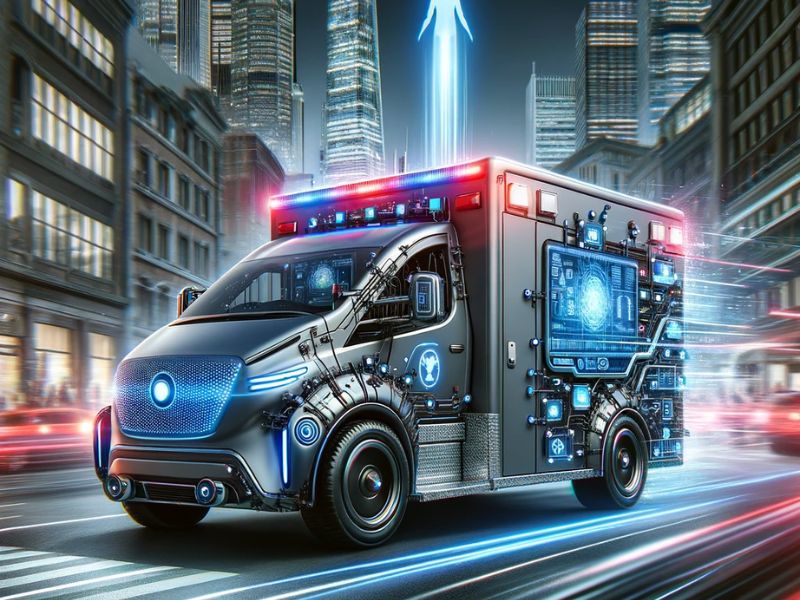
Emergency and Innovation: AI in Automotive Rescue
How Artificial Intelligence is Revolutionizing Rescue Vehicles
AI in Rescue: A Leap Forward
The evolution of artificial intelligence (AI) in the automotive sector is opening new frontiers, especially in rescue vehicles. This technology is transforming emergency vehicles such as ambulances and fire trucks, making them more efficient and responsive. Through the use of AI, these vehicles can now navigate more effectively to emergency scenes, reducing response times and improving intervention capabilities. AI also enables advanced monitoring of patient conditions during transport, ensuring that care begins en route to the hospital. These developments are crucial in situations where every second counts.
AI-Oriented Design and Development
In the realm of design and development, AI is leading a revolution in how rescue vehicles are designed and constructed. The use of AI techniques, such as generative design, allows manufacturers to create safer, more efficient, and adaptable vehicles for various emergency situations. Integrating AI systems into vehicle design optimizes interiors for quick access to medical tools, maximizes space for patients and rescue personnel, and can even adapt the vehicle’s interior environment to meet specific medical needs. These advancements significantly enhance the efficiency and effectiveness of rescue operations.
Challenges in AI Adoption in Rescue
Despite the numerous benefits, integrating AI into rescue vehicles also presents challenges. The most obvious one is managing data privacy and security. It is crucial that AI systems integrated into rescue vehicles are reliable and that sensitive patient data is protected. This includes compliance with privacy regulations such as GDPR in Europe and data security against unauthorized access. Moreover, the reliance on AI systems requires continuous updates and maintenance to ensure optimal performance in critical situations.
Autonomous Vehicles and Rescue
The future of rescue vehicles is closely tied to advances in AI, particularly in autonomous driving. Level 3 rescue vehicles, which include autonomous driving capabilities, can operate more safely and efficiently in emergency situations. These AI systems can perceive the surrounding environment, make informed decisions, and improve navigation in challenging conditions, such as heavy traffic or inaccessible roads. The adoption of autonomous rescue vehicles could mean increased safety for responders and faster assistance for those in need.
The introduction of AI into the automotive rescue sector is redefining emergency operations. With the ongoing evolution of technology, it is expected that rescue vehicles will become increasingly autonomous, efficient, and capable of handling a variety of emergency scenarios. These developments not only enhance rescue capabilities but also represent a significant step towards a future where technology and humanitarian aid work together to save more lives.


